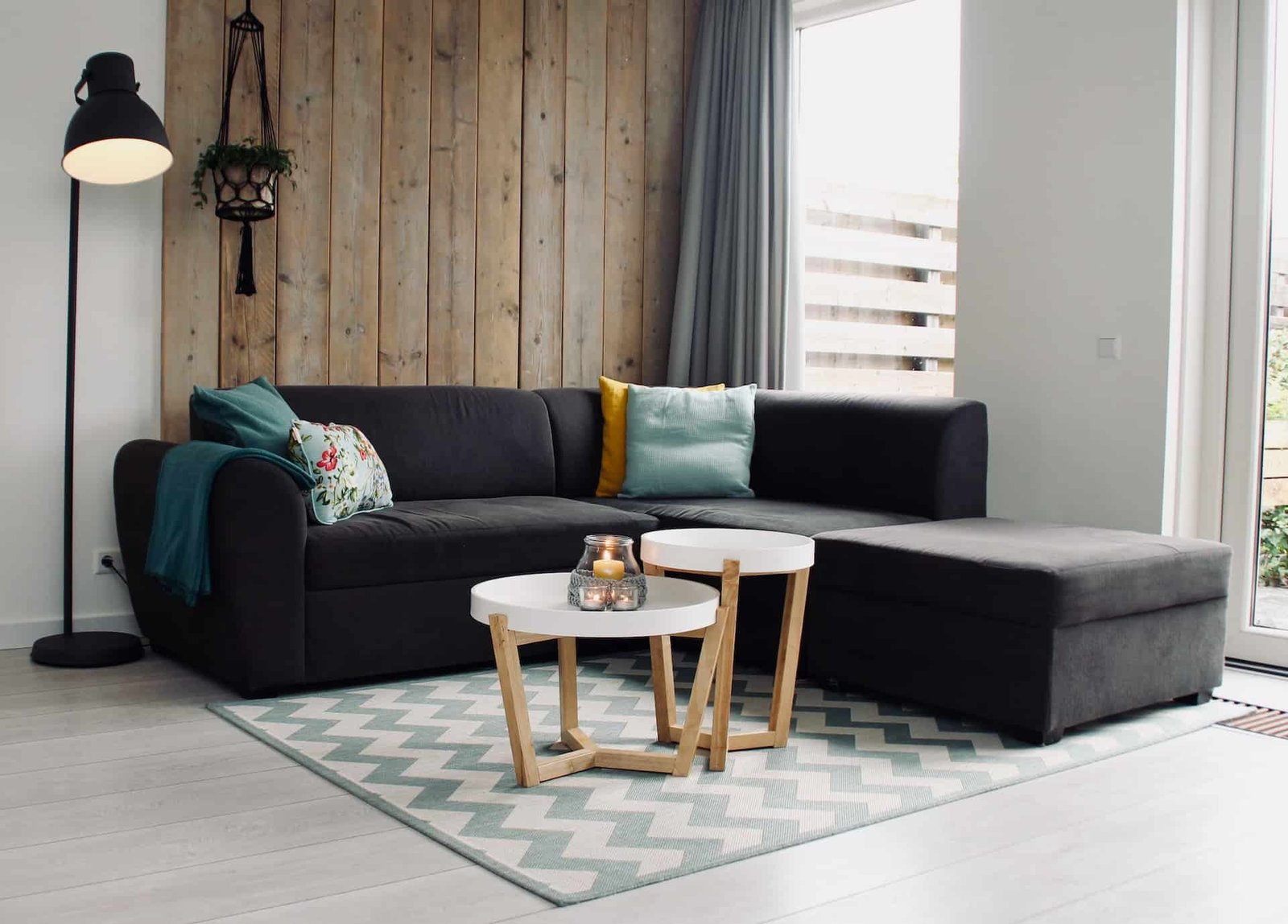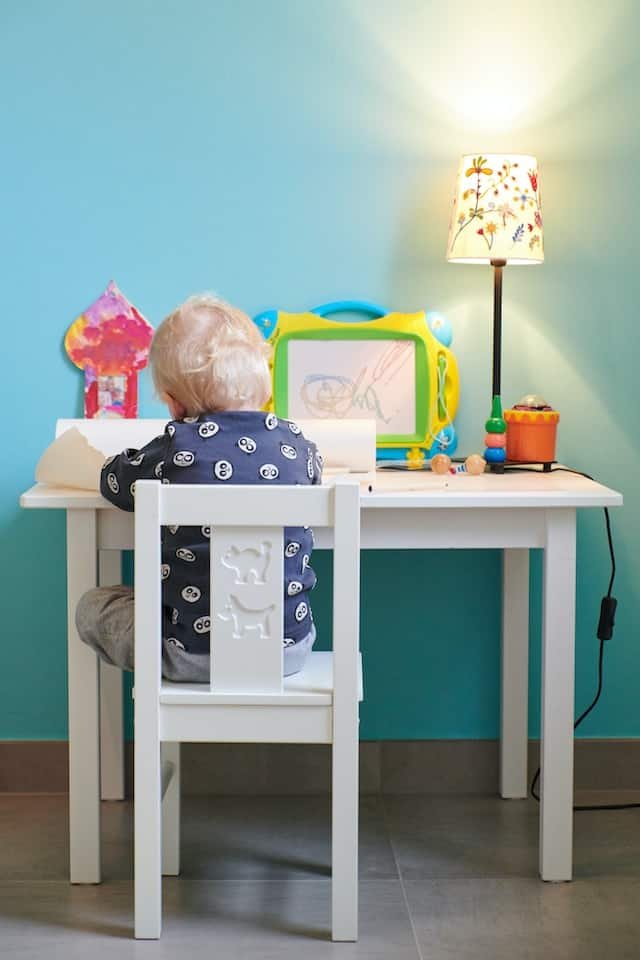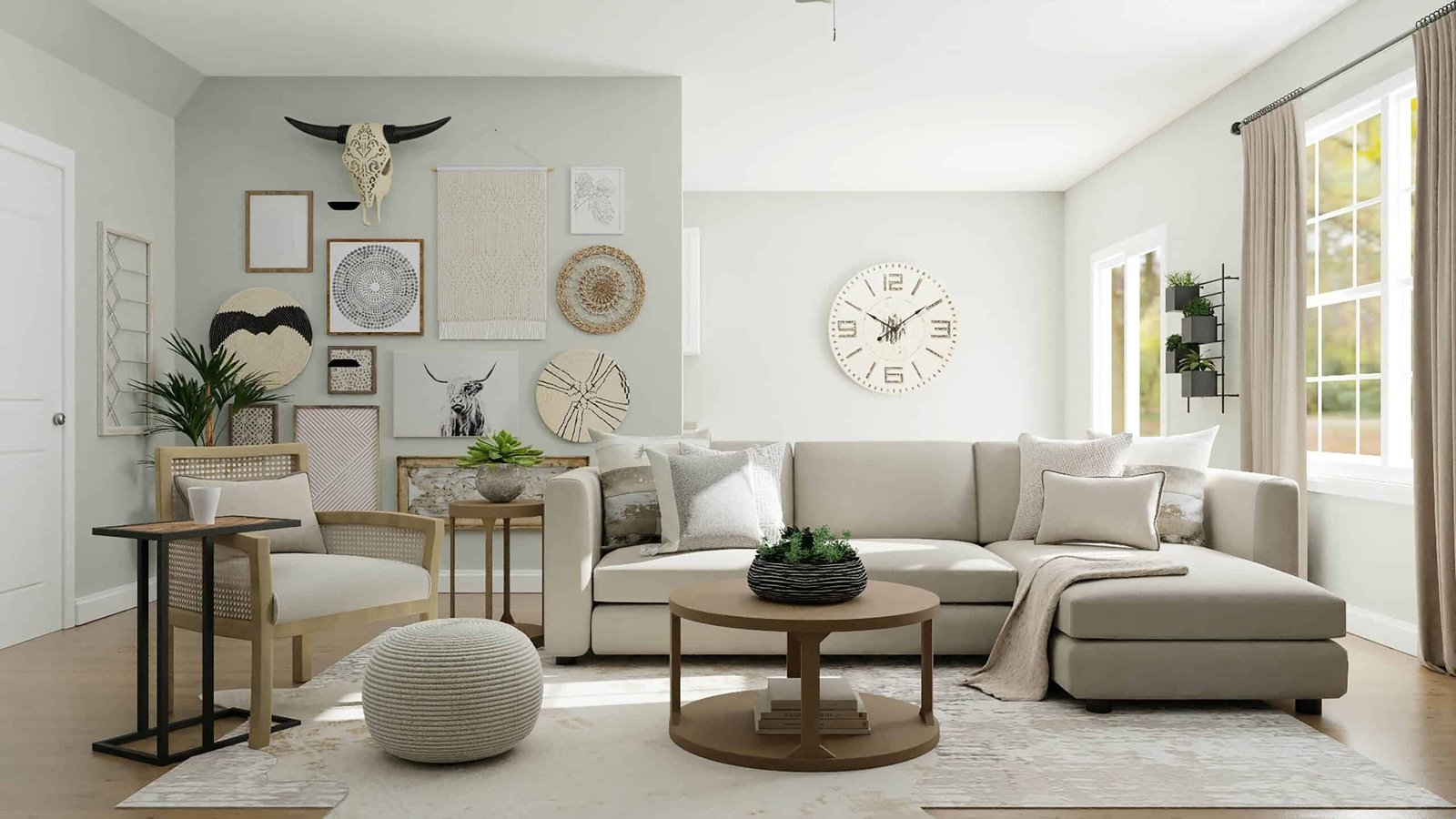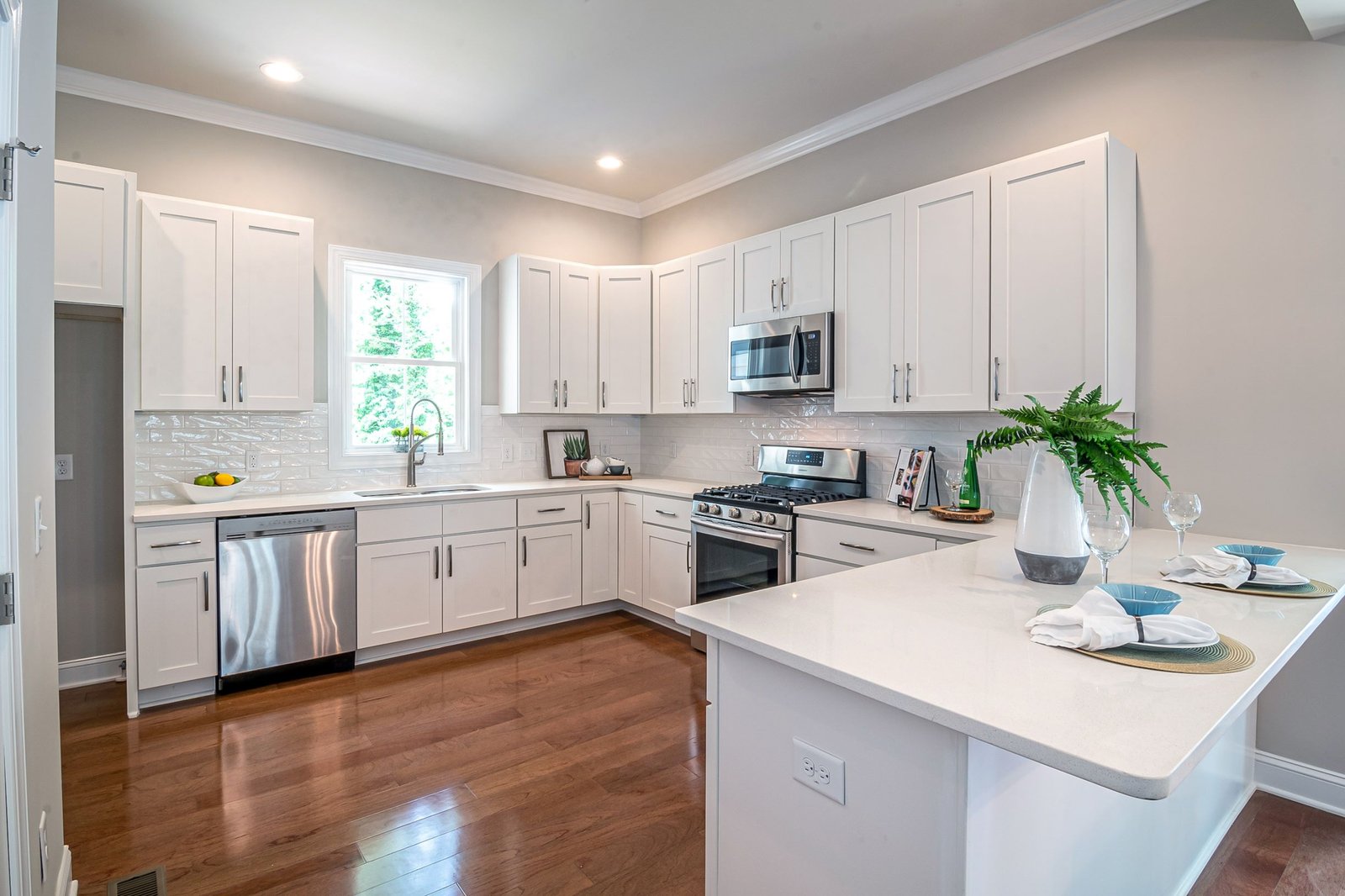
Disclaimer: As an Amazon Associate, “Furniture UK” earns from qualifying purchases.
Pick the Perfect Kitchen Units: A Handy Guide
Are you looking to revamp your kitchen but overwhelmed by the many choices available? Choosing the correct kitchen units can seem daunting, but it’s a crucial decision that can make or break the look and functionality of your kitchen. With so many styles, colours, and features to choose from, where do you even start? Luckily, we’ve got you covered.
Are you after a sleek, modern look, or do you prefer something more traditional? What about storage space – how much do you need, and what features would make your daily life easier? You can narrow your options by considering key factors and finding the perfect units to suit your needs. By prioritising style and functionality, you can ensure your kitchen units look beautiful and make your time in the kitchen a breeze.
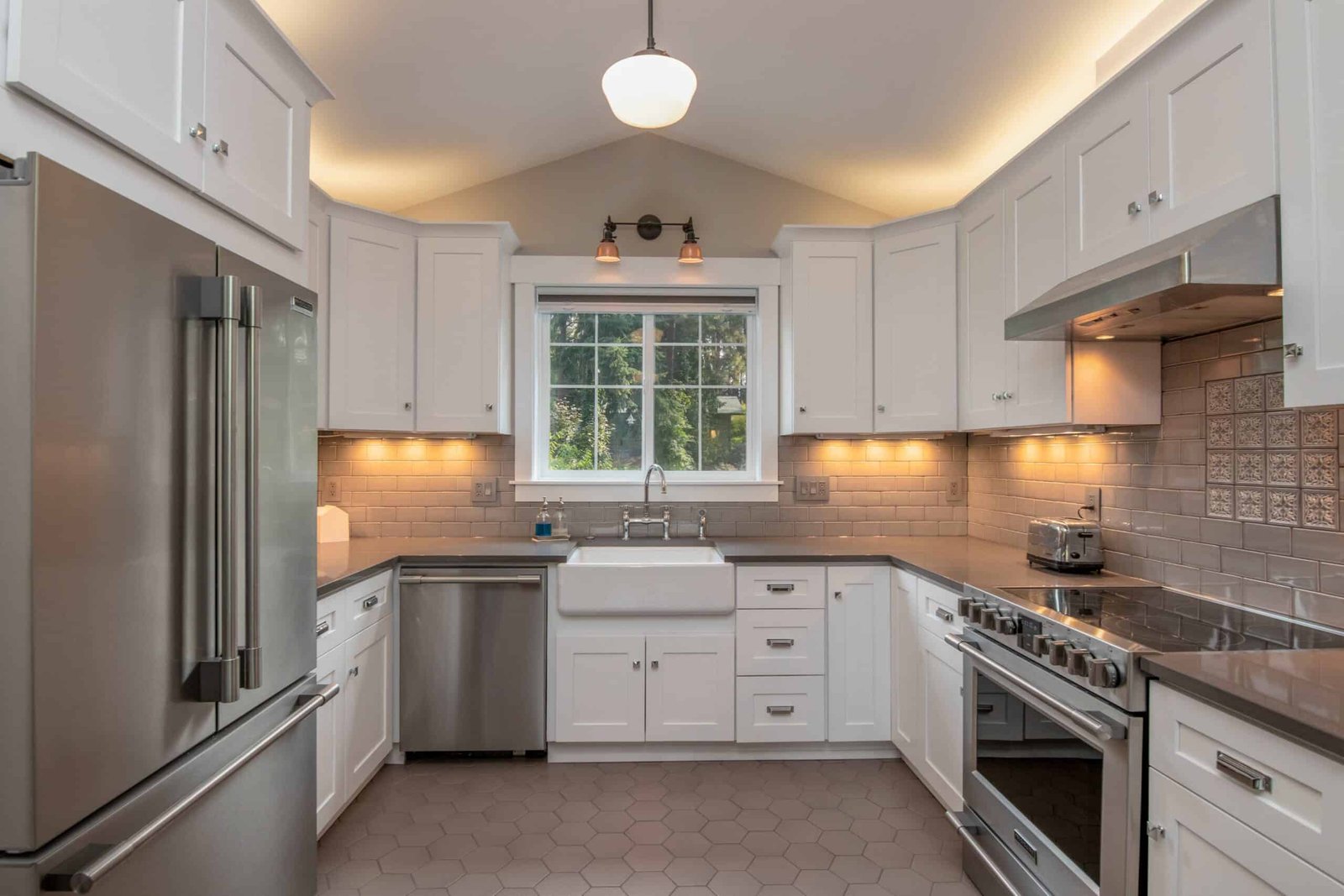
Assessing Your Needs
Before choosing your kitchen units, it’s essential to assess your needs to ensure that you select the correct units for your kitchen. This section will cover the three main factors: budget, layout and space.
- Budget – One of the most important things to consider when choosing your kitchen units is your budget. Kitchen units can vary in price, so it’s essential to have a clear idea of how much you want to spend before shopping. When setting your budget, it’s necessary to consider the quality of the units. While cheaper units may be tempting, they may not last as long or be as durable as more expensive options. It’s also important to factor in the installation cost and any additional features you may want, such as soft-close drawers or pull-out shelves.
- Layout – Your kitchen layout is another essential factor when choosing your units. You’ll want to ensure that your units fit into your kitchen seamlessly and maximise the available space. Consider the work triangle when planning your layout. The work triangle is the distance between the sink, hob and fridge, and it’s crucial to ensure that these elements are positioned to cook and prepare food as quickly as possible. Think about the placement of your units in the work triangle. For example, you may want to position your units to make it easy to access your pots and pans when cooking.
- Space – The space in your kitchen will also play a role in your unit selection. If you have a small kitchen, you’ll want to choose units that make the most of the available space, such as corner units or pull-out shelves. If you have a larger kitchen, you may have more flexibility in your unit selection. However, it’s still important to consider the overall flow of your kitchen and ensure that your units fit in with the overall design. It’s also important to consider the amount of storage space you need. Consider what you’ll be storing in your units and choose units that provide enough room for your needs.
Materials and Finishes
Choosing suitable materials and finishes for your kitchen units is essential to achieving the desired look and feel. Here are three popular options:
Wooden Units
Wooden units are a classic choice for kitchens and come in various finishes, from natural to painted. They are durable and long-lasting but require regular maintenance to keep them looking their best. Oak and beech are famous for durability, while pine and maple are more affordable options. Wooden units can be stained or painted to match your kitchen decor.
- Laminate Units – Laminate units are a budget-friendly option in various colours and finishes, from matte to high gloss. They are easy to clean and maintain and are resistant to scratches and stains. Laminate units are made from a thin layer of plastic or resin bonded to a substrate, such as MDF or particleboard. They are available in various styles, including wood effects and solid colours.
- High Gloss Units – High gloss units are popular for modern kitchens. They are sleek and stylish and reflect light to make the space feel brighter and more spacious. High gloss units are made from MDF or particleboard coated with a layer of high gloss lacquer. They are available in various colours, from neutral to bold, and are easy to wipe clean. However, they can show fingerprints and scratches more easily than other finishes.
Styles and Colours
The style and colour of your kitchen units can set the tone for the entire kitchen and impact the overall look and feel of the space. Choosing the right style and colour for your kitchen units is essential. Here are some popular styles and colours to consider:
- Traditional Units – Traditional kitchen units are known for their classic and timeless design. They often feature ornate details, such as raised panels, beading, and decorative moulding. Traditional units are typically made from wood, such as oak or cherry, and often come in warm, rich colours, such as deep browns or reds. These units are perfect for homeowners who want a classic and elegant look for their kitchen.

- Contemporary Units – Contemporary kitchen units are known for their sleek and modern design. These units are perfect for homeowners who want a clean and minimalist look for their kitchen. They often feature clean lines, flat panels, and minimal detailing. Contemporary units are typically made from glass, metal, or high-gloss laminates and often come in neutral colours, such as white or grey.
- Coloured Units – Coloured kitchen units are popular for homeowners who want to add a pop of colour to their kitchen. Coloured units come in shades and hues, from bold and bright to soft and muted. Popular colours for kitchen units include blue, green, and grey. When choosing coloured units, it’s essential to consider the overall colour scheme of the kitchen and ensure that the units complement the other colours in the space.
Storage Options
When choosing kitchen units, storage options are a crucial consideration. Cabinets, drawers, and shelves are the three main types of storage available, and each has its benefits and drawbacks.
- Cabinets – Cabinets are the most common type of kitchen storage. Cabinets are typically made from wood or MDF and can be finished in various colours and styles to match your kitchen decor. They come in multiple sizes, from small wall-mounted units to large floor-standing ones. One of the benefits of cabinets is that they can hide clutter and keep your kitchen looking tidy. They are also great for storing larger items, such as pots, pans, and appliances. However, cabinets can be challenging to organise and hard to see what’s inside them. They also occupy a lot of space, which can be problematic in smaller kitchens.
- Drawers – Drawers are another popular storage option. They are great for storing smaller items, such as utensils, cutlery, and spices. Drawers come in various sizes, from narrow top to deep bottom. They can be made from wood or metal and finished in multiple colours and styles. One of the benefits of drawers is that they are easy to organise. You can use dividers and inserts to keep everything in its place. They are also easy to access; you don’t have to bend down to reach them. However, drawers can be more expensive than cabinets and don’t offer as much storage space.
- Shelves – Shelves are great for displaying kitchen items like plates, glasses, and cookbooks. They can be made from wood or glass and finished in various colours and styles. Shelves can be wall-mounted or freestanding and can be arranged in a variety of configurations. One of the benefits of shelves is that they can make your kitchen feel more open and airy. They can also be less secure than cabinets and drawers, as items can fall off if not placed carefully. They are also easy to access, as you can see everything simultaneously. However, shelves can be challenging to keep clean, as dust and grease can accumulate.
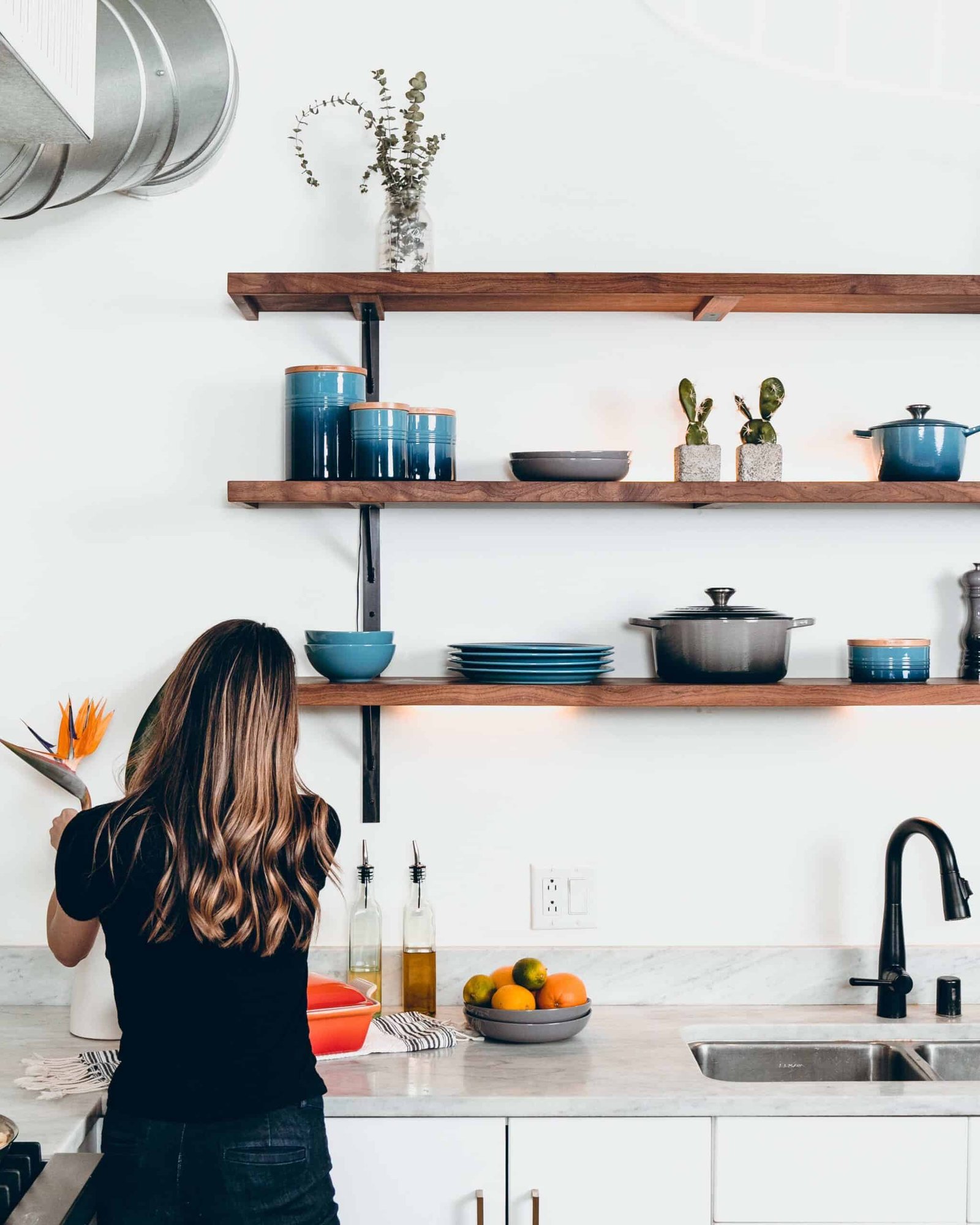
Accessories and Appliances
Choosing the right accessories and appliances for your kitchen units can make a big difference in your space’s functionality and style. Here are some considerations to keep in mind:
- Handles and Knobs – Consider the style of your cabinets and the overall aesthetic you are trying to achieve. The handles and knobs you choose for your kitchen units can significantly impact the overall look and feel of the space. For a modern look, consider sleek, minimalist handles or knobs. Ornate or antique-style handles or knobs may be more appropriate for a more traditional look. It’s also important to consider the practicality of the handles and knobs. Make sure they are comfortable to grip and easy to clean. If you have young children, consider choosing handles that are not easily pulled off or have child-proof locks.
- Sinks and Taps – Your sink and tap are two of the most important elements in your kitchen. Consider the size and style of your sink and the number of bowls you need. A compact sink may be necessary to save space if you have a small kitchen. A large, deep sink may be more practical if you do a lot of cooking. Regarding taps, there is a wide range of styles and finishes. Consider the overall style of your kitchen, as well as the practicality of the tap. For example, a pull-out spray tap can be handy for washing dishes, while a touchless tap can help reduce the spread of germs.
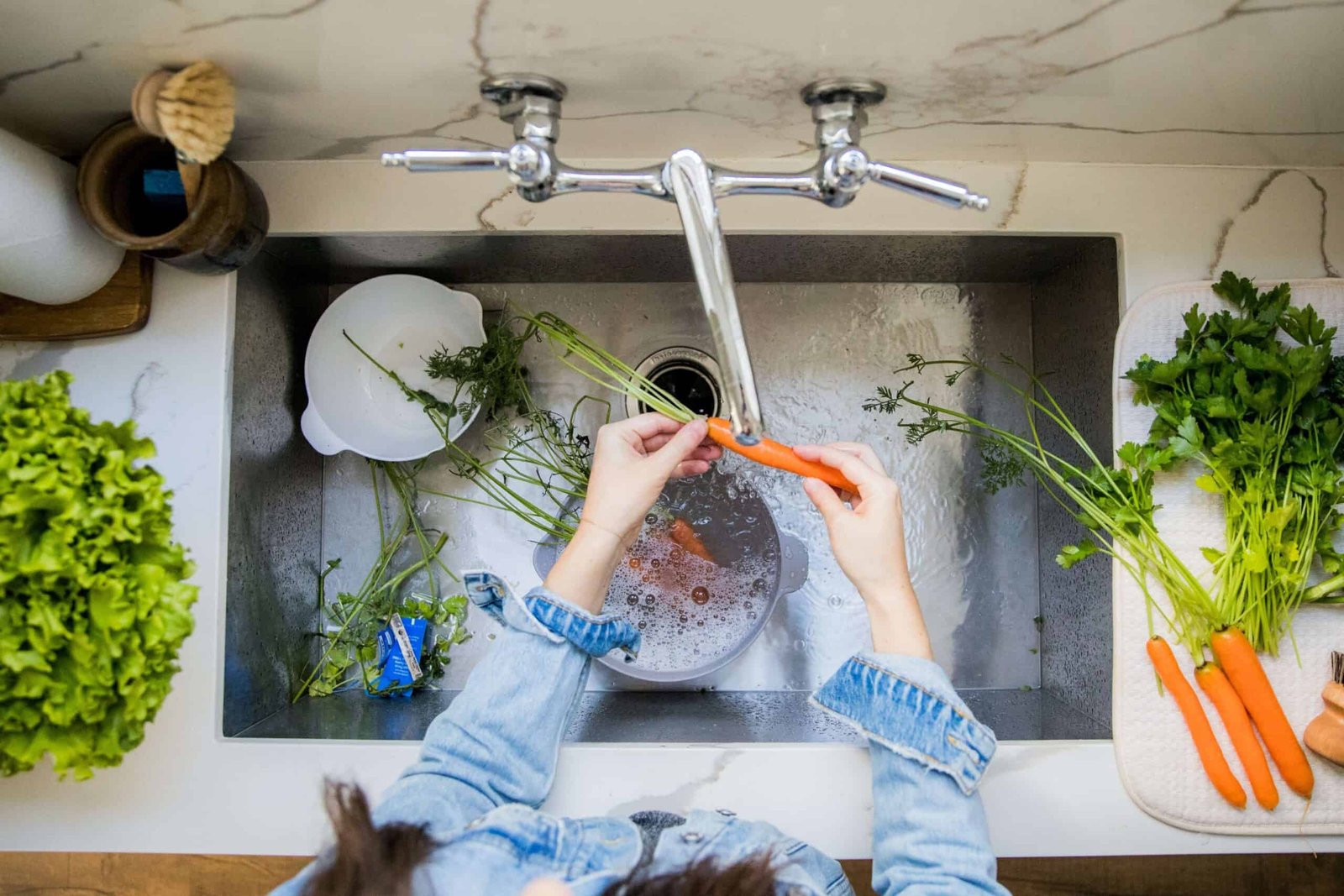
- Cooking Appliances – When choosing cooking appliances for your kitchen, consider the cooking you do most often. A double oven may be a good choice if you love to bake. A high-quality gas or induction hob may be more appropriate if you prefer to cook on the hob. It’s also important to consider the size of your appliances. If you have a small kitchen, compact appliances may be necessary to save space. Ensure they fit comfortably in your kitchen units and leave enough room for ventilation.
Installation and Maintenance
When installing your kitchen units, getting them right ensures they are secure and level. The first step is to measure the space and determine where the units will go. Then, you can start installing the base units, ensuring they are level and secure to the wall. Once the base units are in place, you can add the wall units, ensuring they are level and securely fixed to the wall.
- Installation – Following the manufacturer’s instructions when installing kitchen units is essential. Some units may require specific fixings or fittings, so checking before you start is important. If you are unsure about any aspect of the installation, it’s always best to seek professional help.
- Cleaning – Keeping your kitchen units clean is essential for maintaining their appearance and longevity. Regular cleaning with a damp cloth and mild detergent is usually required to keep them looking their best. Avoid using abrasive or harsh cleaning products, as these can damage the finish of the units.
- Maintenance – Regular kitchen unit maintenance can help prolong their lifespan. Check the units regularly for any signs of damage or wear and tear, and make necessary repairs as soon as possible. If you have wooden units, it’s important to oil or waxes them regularly to prevent them from drying out and becoming damaged.


